10 Gorgeous Flowers to Help Your Garden Thrive Without Pests
Keeping pests away from your garden can be challenging, but certain flowers can help make the task easier and more natural.
These 10 beautiful flowers not only add stunning colors to your outdoor space but also serve as effective natural pest repellents.
Perfect for anyone who wants a healthy, chemical-free garden, these flowers provide a lovely and eco-friendly way to keep pests at bay.
Explore these blooms to find the best options for promoting a beautiful, pest-free garden.
Nasturtium
Nasturtium adds beauty to the garden with its bold, edible blossoms while naturally repelling pest insects. The dense foliage helps retain moisture in the soil, which can benefit nearby taller plants such as tomatoes.
As the plant dies back, it enriches the soil with nutrients, enhancing the growth of surrounding vegetables.
Sunflowers
Sunflowers brighten any garden with their cheerful, towering presence and also attract vital pollinators like bees. Their broad petals provide helpful shade for smaller plants during hot summer days, preventing wilting and sun damage.
The seeds can be harvested as a nutritious snack for both you and local wildlife.
German Chamomile
German chamomile brings a lovely touch of white and yellow to the garden while supporting beneficial insects and improving soil health. The deep roots help retain moisture during dry periods and pull nutrients up for neighboring plants.
Planting it between rows or along borders enhances its ability to attract pollinators and ward off pests.
Comfrey
Comfrey serves both ornamental and practical purposes, with lush foliage and bell-shaped flowers that brighten the garden. The leaves are rich in nutrients, making them perfect for creating a liquid fertilizer that enriches the soil.
Adding this plant to your garden supports sustainable gardening by naturally boosting fertility.
Lavender
Lavender's aromatic blooms not only fill the air with a calming fragrance but also draw beneficial pollinators such as bees. The flowers provide a continuous source of nectar throughout the season, promoting biodiversity.
Placing lavender around your garden creates a welcoming environment for insects that contribute to healthy pollination.
Borage
Borage adds a pop of blue to your garden while inviting bees and other beneficial pollinators. Its star-shaped flowers and foliage help attract helpful insects and deter pests, such as aphids, from attacking nearby plants.
Borage is also edible, with a mild cucumber flavor that can complement salads and summer drinks.
Lupins
Lupins stand out with tall, spiky blooms and bring essential nitrogen into the soil, benefiting nutrient-hungry plants. Positioned near heavy feeders like sweetcorn or peppers, lupins enhance the surrounding soil's fertility.
The colorful flowers not only brighten the garden but also attract bees and other pollinators.
Calendula
Calendula offers more than just cheerful orange and yellow blooms; it also serves as a natural pest repellent, keeping aphids and whiteflies away from vegetables. The petals attract pollinators, making them valuable in gardens where seed production and fruit quality matter.
With its dual-purpose nature, calendula enhances both beauty and functionality.
Cosmos
Cosmos elevates the garden with its delicate, airy flowers while warding off common pests like aphids. These blossoms attract beneficial insects, ensuring the garden stays vibrant and healthy.
Growing cosmos near vegetable beds helps maintain a pest-free environment, allowing you to enjoy flourishing plants throughout the season.
Marigolds
Marigolds bring vibrant colors to garden beds and serve as natural protectors against various pests, including carrot flies. Placing marigolds near tomatoes or other vegetables helps safeguard your plants.
Their fragrance adds a pleasant touch to the garden, and dried petals can even be used for potpourri to freshen up indoor spaces.

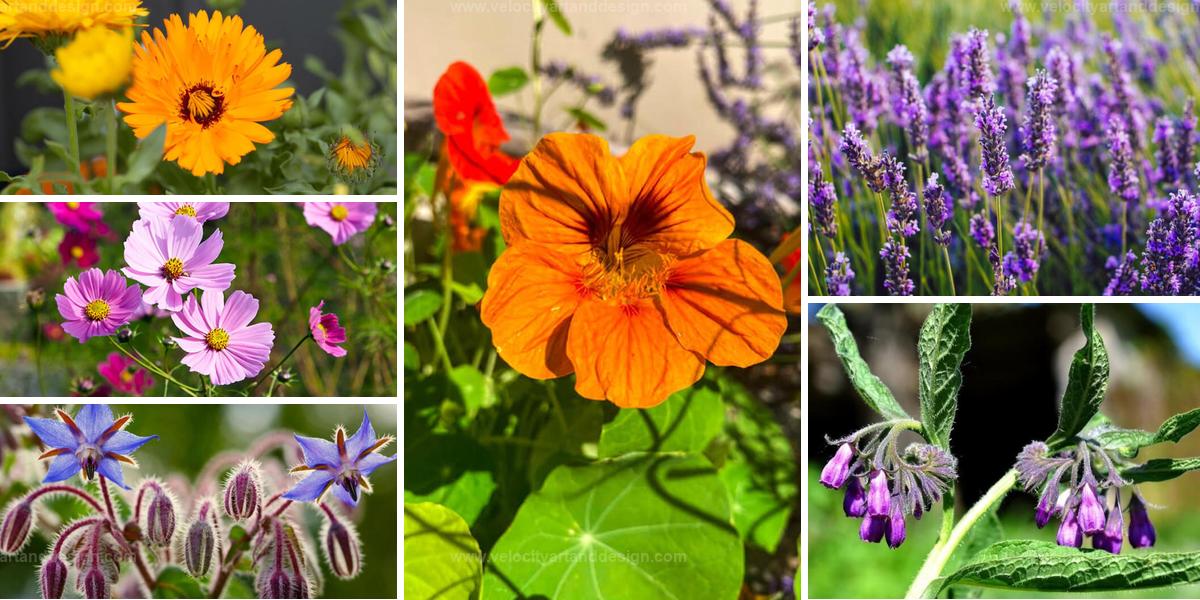
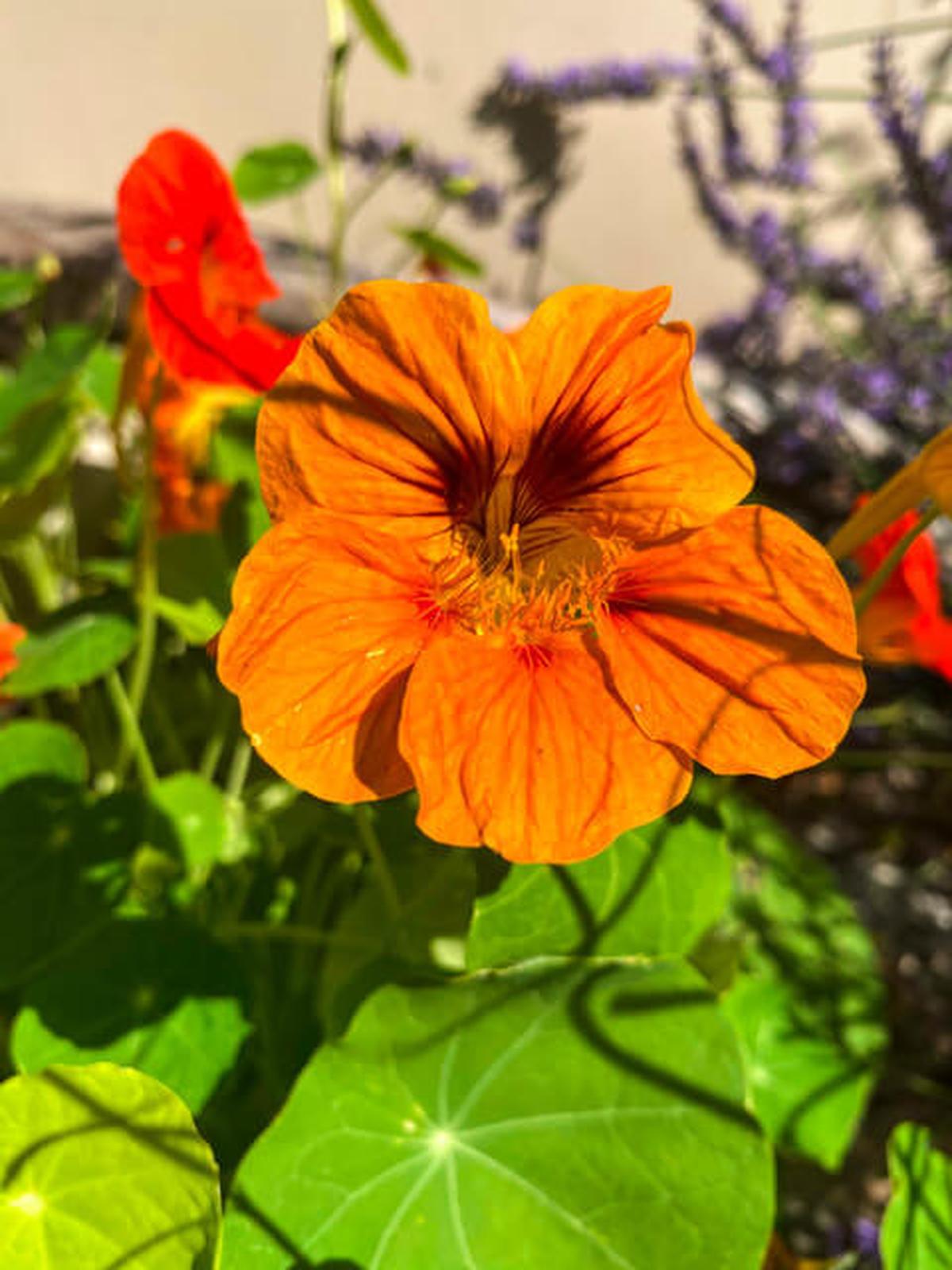
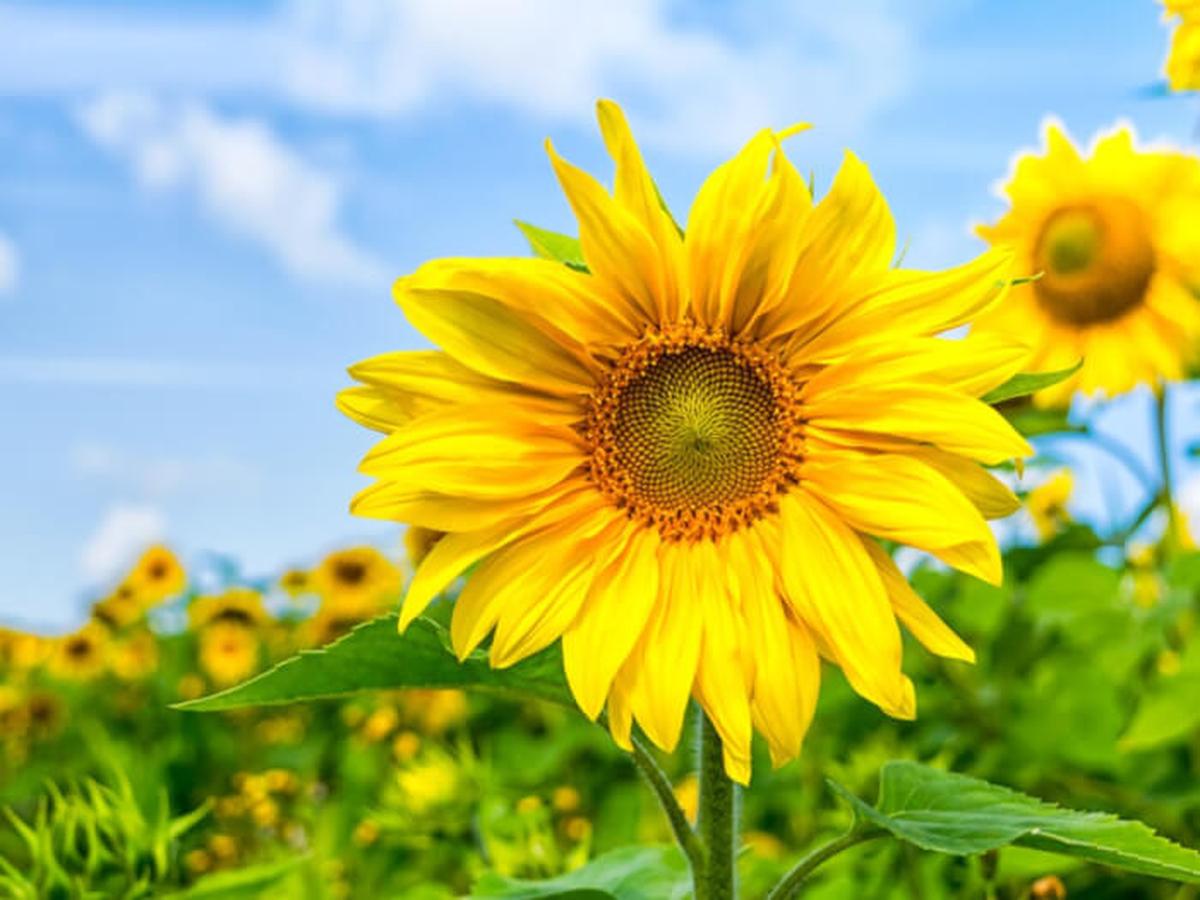
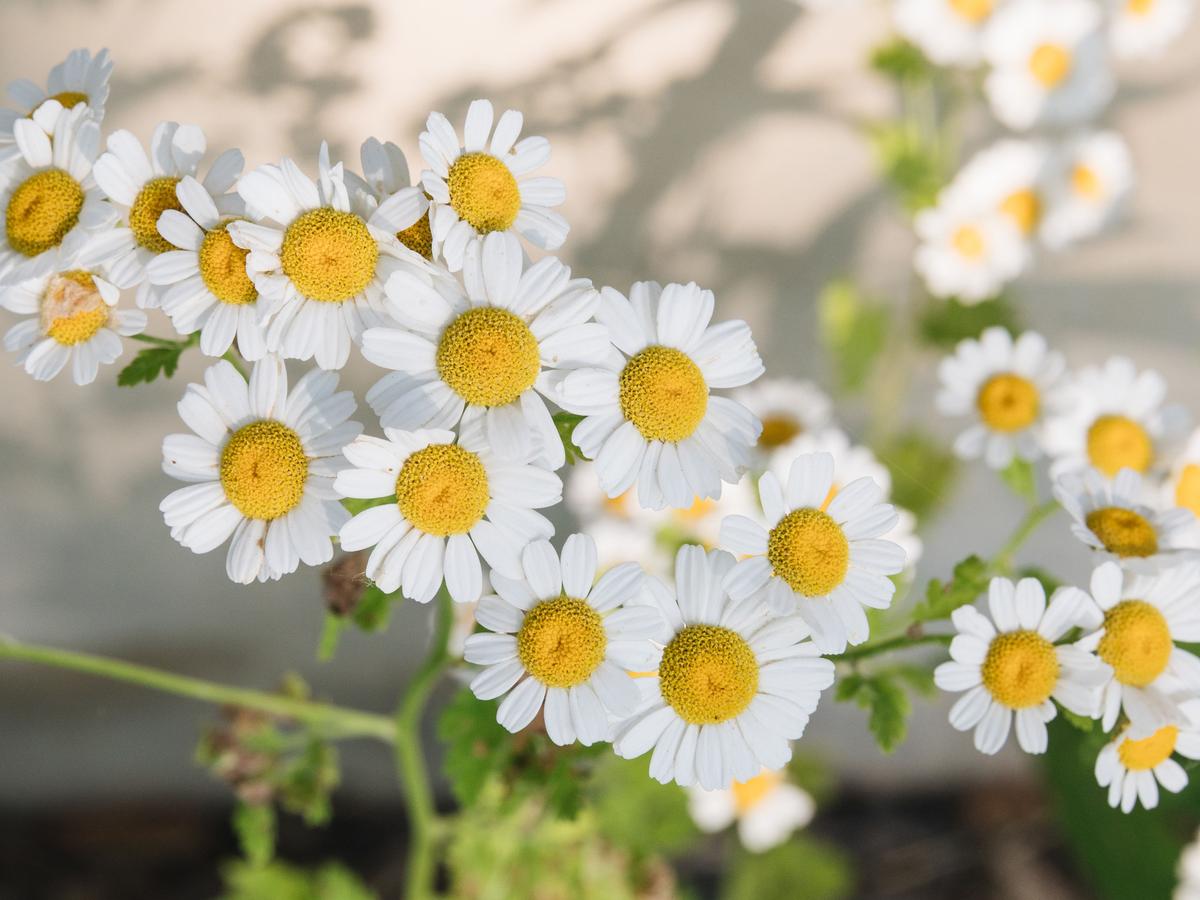
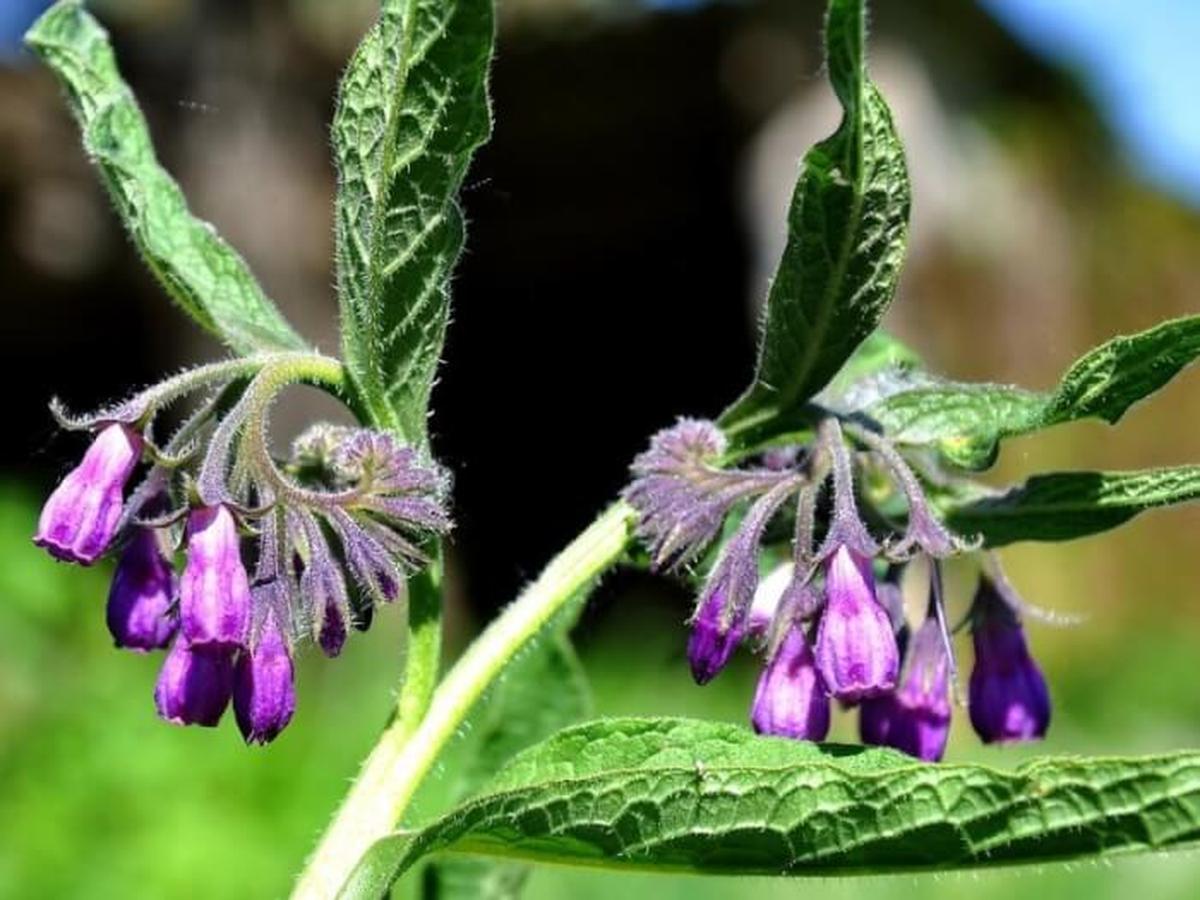
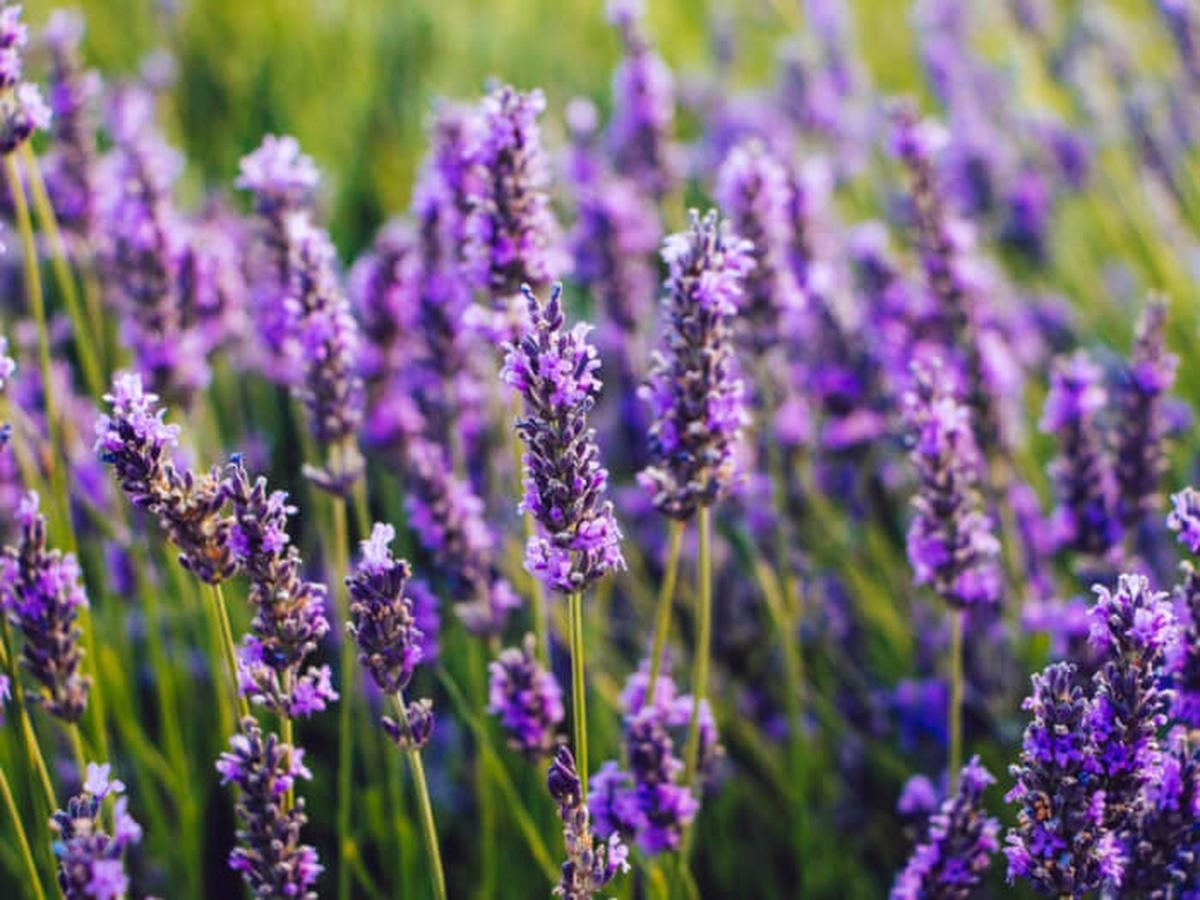
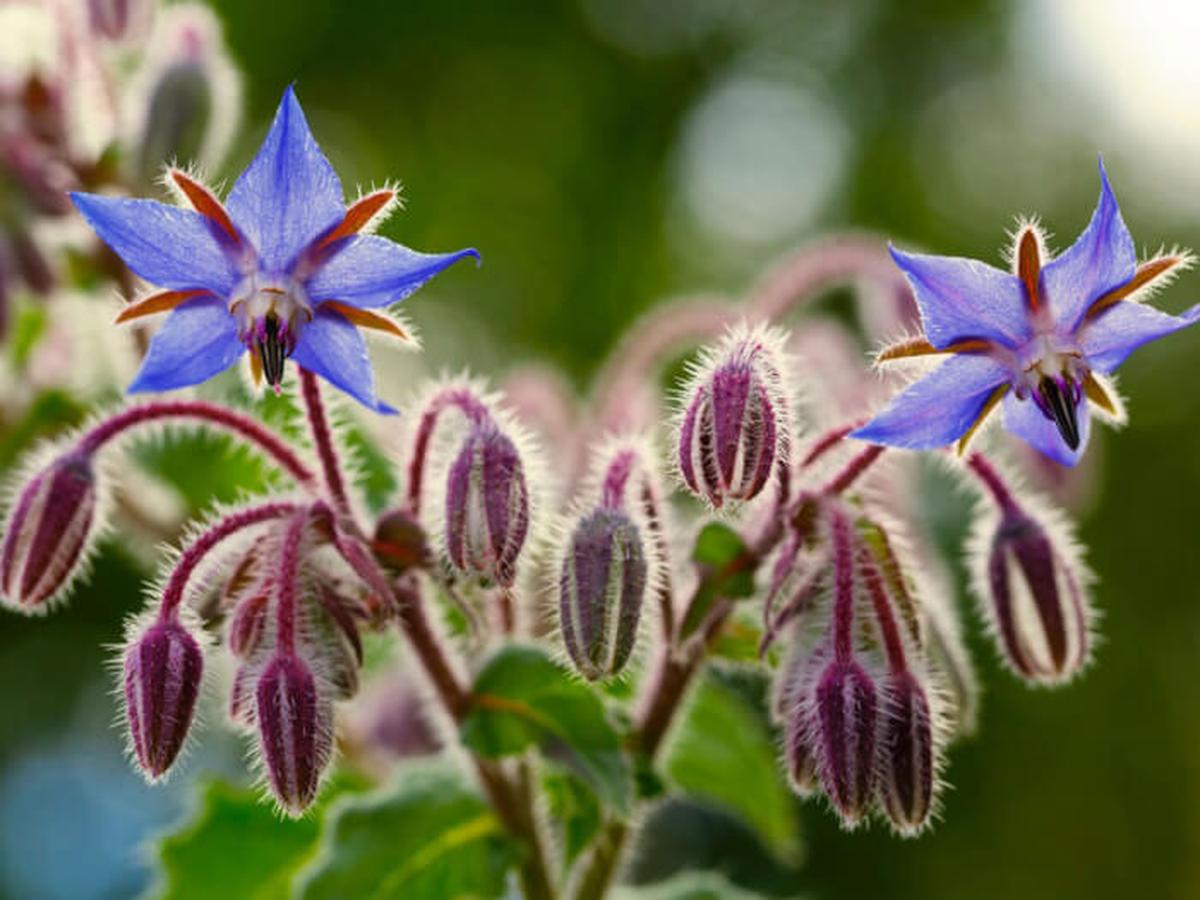
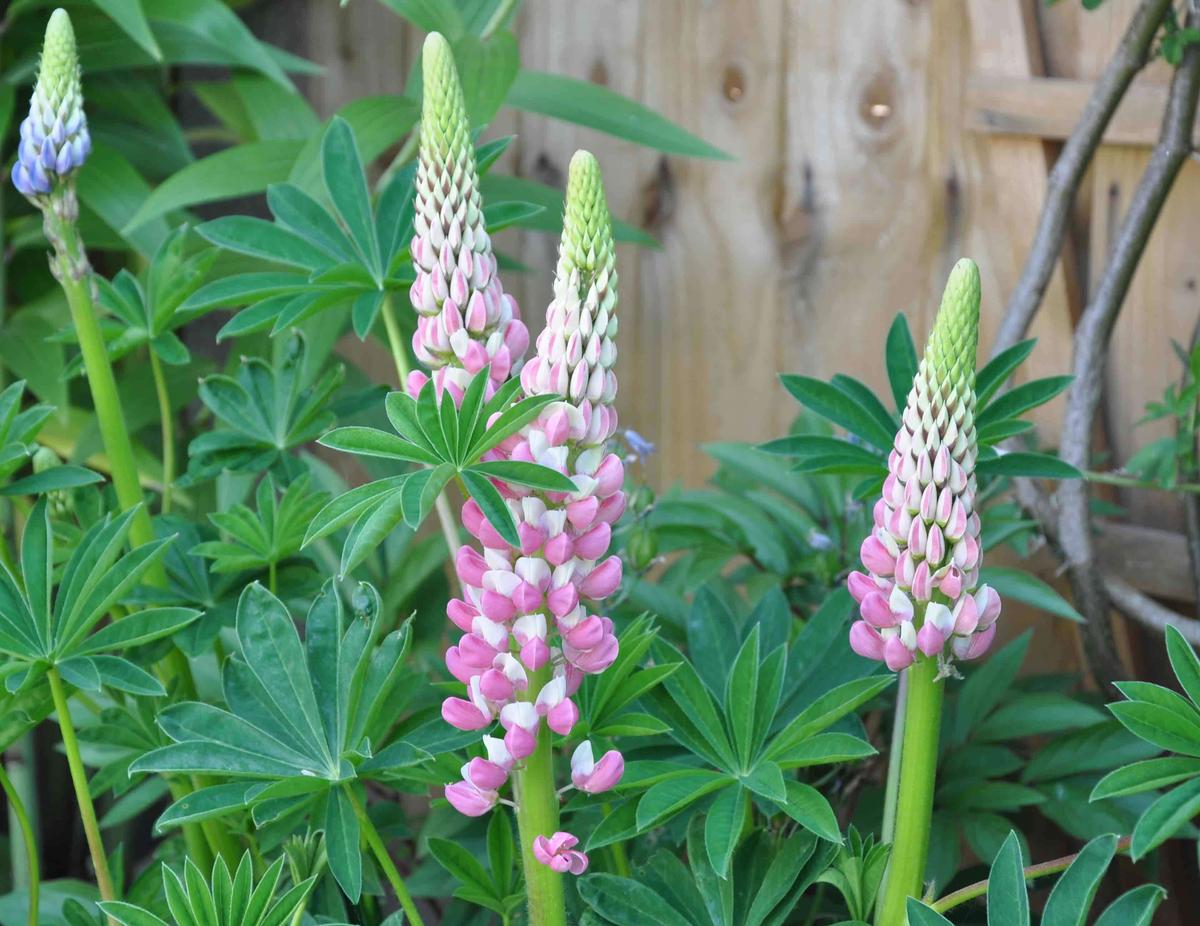
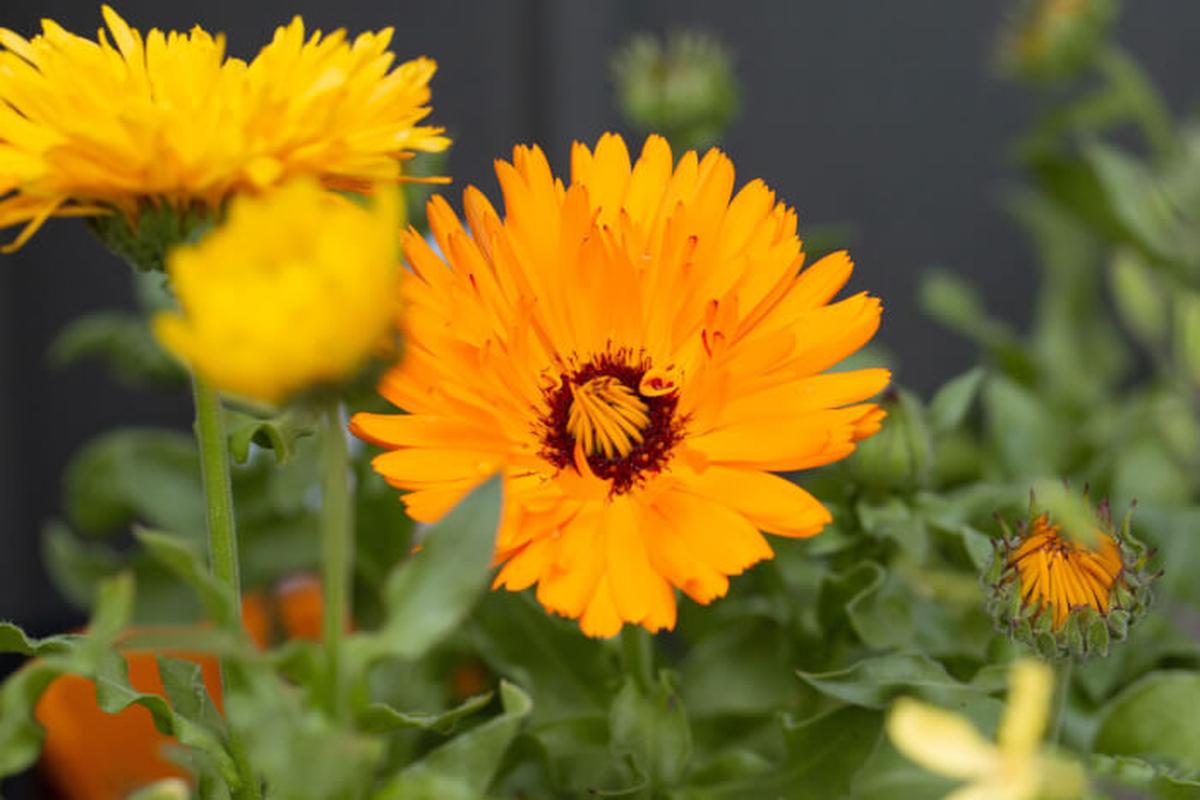
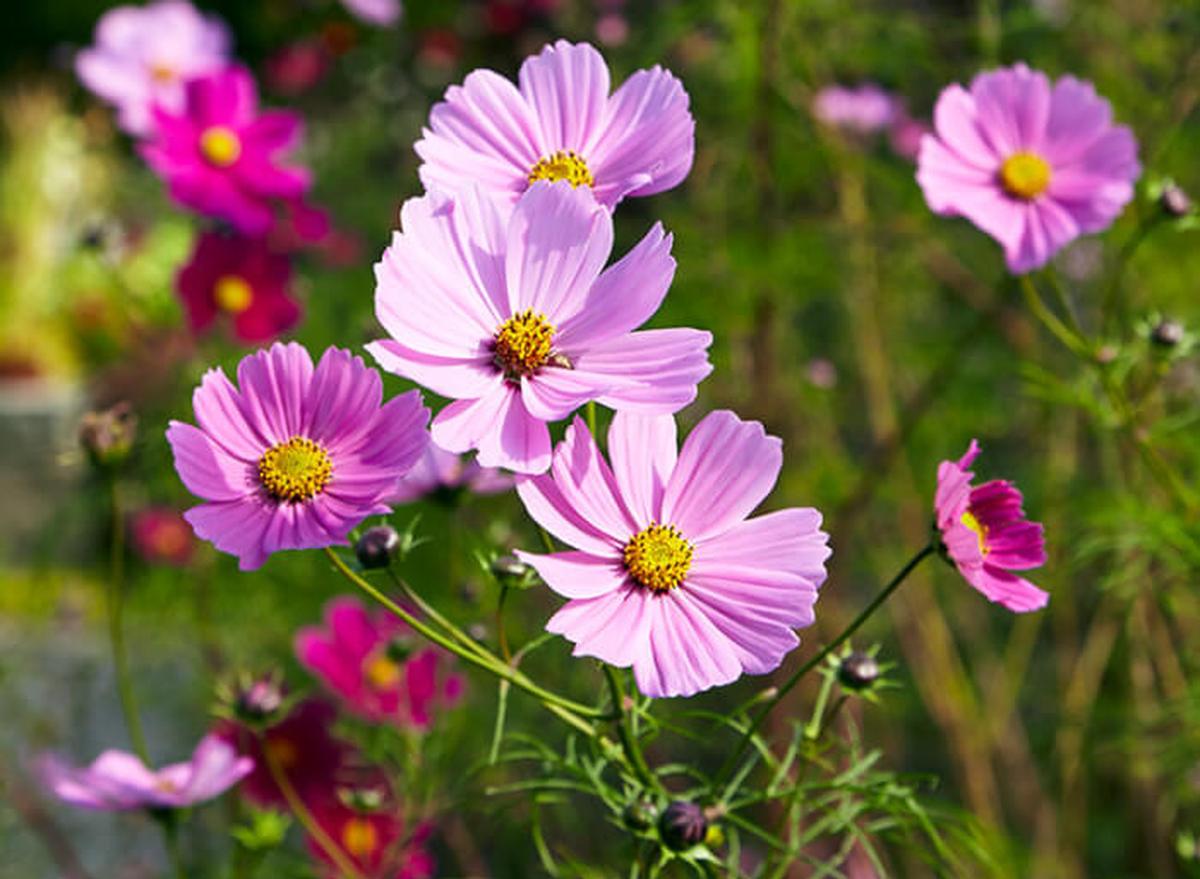
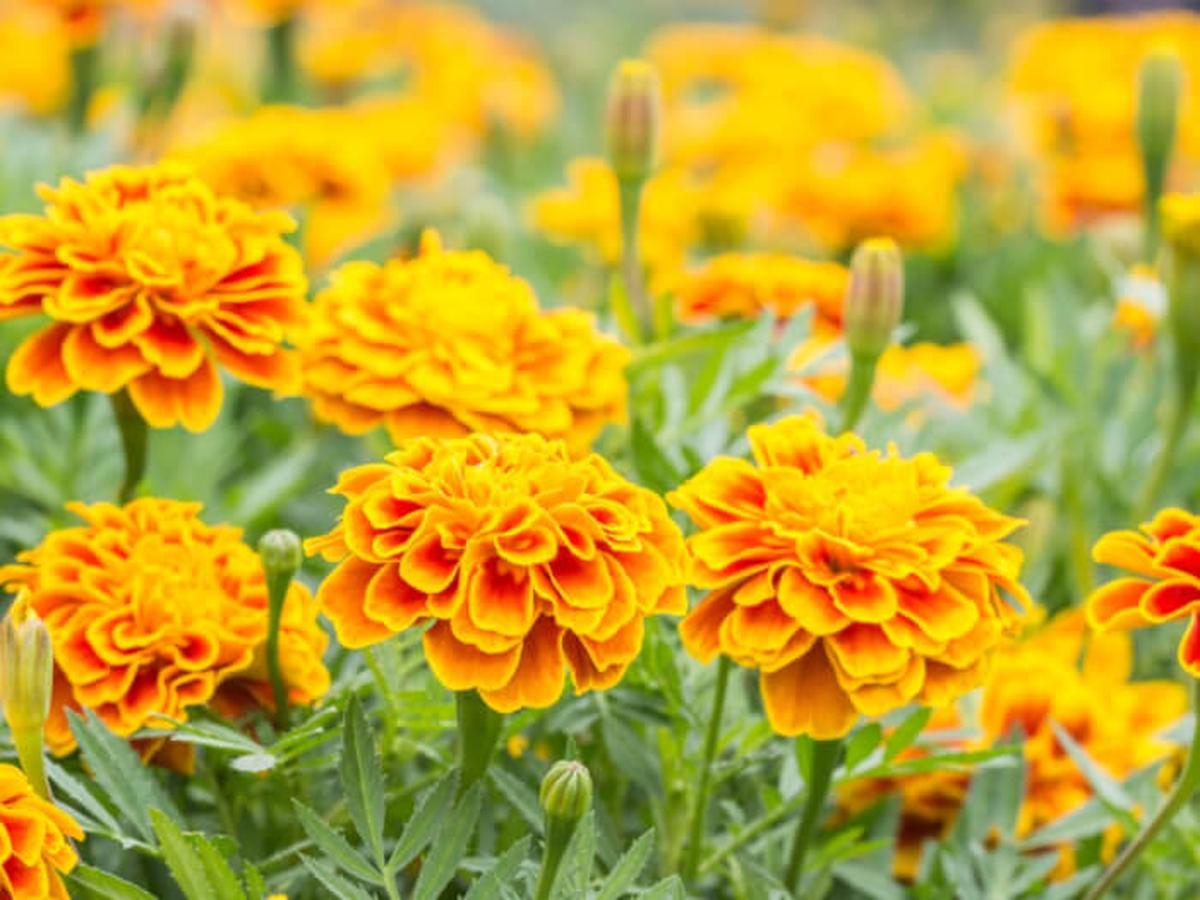
James Turner
Founder & Lead Designer
Expertise
Interior Design, Sustainable Design Practices, Spatial Planning, Innovative Material Applications, Contemporary Art Techniques, Visual Communication, Multimedia Artistry, DIY Design and Home Projects, Eco-Friendly Living Spaces, Creative Solutions
Education
University of Cincinnati College of Design, Architecture, Art, and Planning (DAAP)
Columbus College of Art & Design (CCAD), Columbus, OH
James Turner is the founder and lead designer at Velocity Art and Design. He studied Interior Design at the University of Cincinnati, focusing on eco-friendly design and smart use of space.
Later, he expanded his artistic skills with a Fine Arts Certificate from the Columbus College of Art & Design, where he learned about modern art and visual storytelling.
With over 10 years in design, James is passionate about making spaces that are both beautiful and practical. He shares his DIY tips and creative ideas to inspire others to explore their own creativity and transform their living spaces.